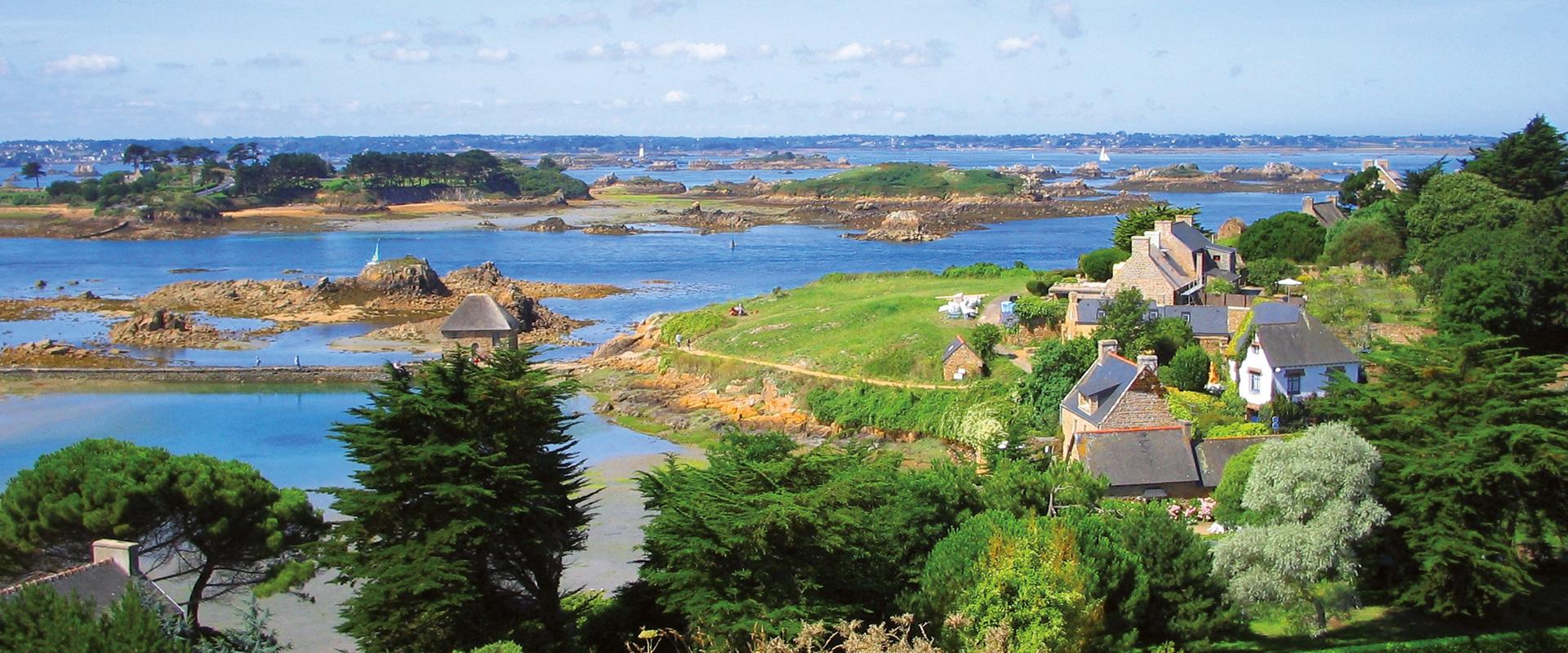Close monitoring of groundwater tables
Transcription
Flora is a hydrogeologist for the BRGM in Rennes. She's in charge of monitoring phreatic zones in Brittany. Vital reserves that feed watercourses during droughts, phreatic zones are precious but not inexhaustible.
Numerous wellbores are used for the drinking water supply, but also for irrigation. In Brittany, since the early 1970s, new drilling methods have appeared to access the groundwater. More water is now pumped out, whereas before we relied more on watercourses.
Today, Flora is on monitoring duty in the Brest area. Here she's checking that the piezometer is working correctly.
So this is the manual measurement...
7.96 meters. Next...
This is the automatic measuring device linked to the sensor in the wellbore that reads the groundwater depth, which today is 7.96 meters. The same reading we got with the manual probe. That proves our device is accurate.
A piezometer is a tool that reads the depth of the groundwater. In Brittany, there are 52: 16 of them in Finistère, and some can be lowered up to 30 meters underground.
Inside the wellbore, a float shows you the level of the groundwater. And this has a ballast. When the level falls, the float falls with it, and it records the level on the device.
Data from each piezometer are sent directly to the Rennes office via a modem inside this watertight box.
Consultable daily, this allows close monitoring of the phreatic zones.
This monitoring allows us to anticipate groundwater levels, to see if they're critically low, so we can perhaps restrict water usage, or take other low-water measures.
This monitoring is therefore crucial for optimal resource management. Every year, BRGM Rennes issues an average of 6 bulletins to Prefectures and Communes.







